We’d been warned.
Red flag #1: When I told my Greek neighbor that my husband and I were off to Mykonos, she asked, wide-eyed, “Why in the world are two going there? It’s a party island!“
Red flag #2: When I Googled, “What to do on Mykonos,” Tripadvisor suggested, Private Instagram Tour of Mykonos, promising “enviable Instagram posts,” and 4 Hour Day Party at Beach Clubs, a “swimwear party, next to the sea, in private beds-loungers, with champagne, dance rhythms, and incredible cocktails!! Want it? You got it!“
I didn’t find out about the Lindsay Lohan Beach Club or Kardashian Villas until after we got home.
Why did we go to Mykonos? For the food. In a hotel restaurant with a menu created by the visionary plant-based Chef Aggelikh Charami. It’s true. We cashed in our Frequent Flier points and traveled 5,000 miles for Michelin-level, plant-based Blue Zone dining.
The Blue Zone Theory
Technically, Mykonos is not a Blue Zone, regions where people live longer, healthier lives than anywhere else in the world. (I have a hunch the partying keeps Mykonos off the list). But it’s a mere 2.5 hour boat ride to Ikaria, which is a Blue Zone island. That was close enough for us.
Thankfully, our hotel and its restaurant were inland, nowhere near the swanky celebrity beaches, thumping nightclub music, 7-story cruise ships with twisty, primary-colored, top-deck waterslides, and 20-somethings with pouty lips, thong bikinis, and selfie sticks.
Between breakfast and dinner (both included in our package), we revved up our tiny, tinny rental car, and navigated narrow roads tucked between centuries-old rock walls, sought and found quiet beaches with crystal clear, aquamarine water, and (big win!) discovered a remote, beach-front tavern packed with families out for Sunday lunch. There, we enjoyed freshly made hummus, tabbouleh, baba ganoush, and a just-out-of-the-oven pita of our dreams.
Four nights in a row we gorged on plant-based delicacies like Mother’s Gift (seasonal greens, carob phyllo pie, feta foam, herbs), Spring Equinox (baby green leaves, peanut butter dressing, feta ice cream, rice chips, strawberry, smoked hazelnut), and my favorite, Hidden Garden (artichoke-potato risotto, baby vegetables with coffee oil, truffle, beetroot), served in a terra cotta flower pot.
I won’t be cooking any of these delicacies at home. But I have been exploring Mediterranean-inspired recipes with ingredients central to Blue Zone diets: Beans, whole grains, dark leafy greens, olive oil and nuts.
Plant-Based Mediterranean Recipes
 Cauliflower Shawarma: Before visiting Mykonos, I didn’t know the difference between gyros and shawarma. We saw both on the island. Shawarma is Middle Eastern, and gyros are Greek. Shawarma tends to have bolder seasoning and is served with tahini — which was drizzled on, or an ingredient in, just about everything we ate. Make this as a wrap, or with fresh, puffy pita if you can find it (or make it!), and double the spice recipe, because, well, you’ll use it.
Cauliflower Shawarma: Before visiting Mykonos, I didn’t know the difference between gyros and shawarma. We saw both on the island. Shawarma is Middle Eastern, and gyros are Greek. Shawarma tends to have bolder seasoning and is served with tahini — which was drizzled on, or an ingredient in, just about everything we ate. Make this as a wrap, or with fresh, puffy pita if you can find it (or make it!), and double the spice recipe, because, well, you’ll use it.
Batter-Fried Santorini Tomatoes: I’d heard of fried green tomatoes, but until I discovered this recipe, it never occurred to me to make tomato fritters, a staple on the Greek island of Santorini. Given this summer’s heat wave, it’s likely that tomato season will come early this year. Get ready with this simple, refreshing, tomato-centric treat.
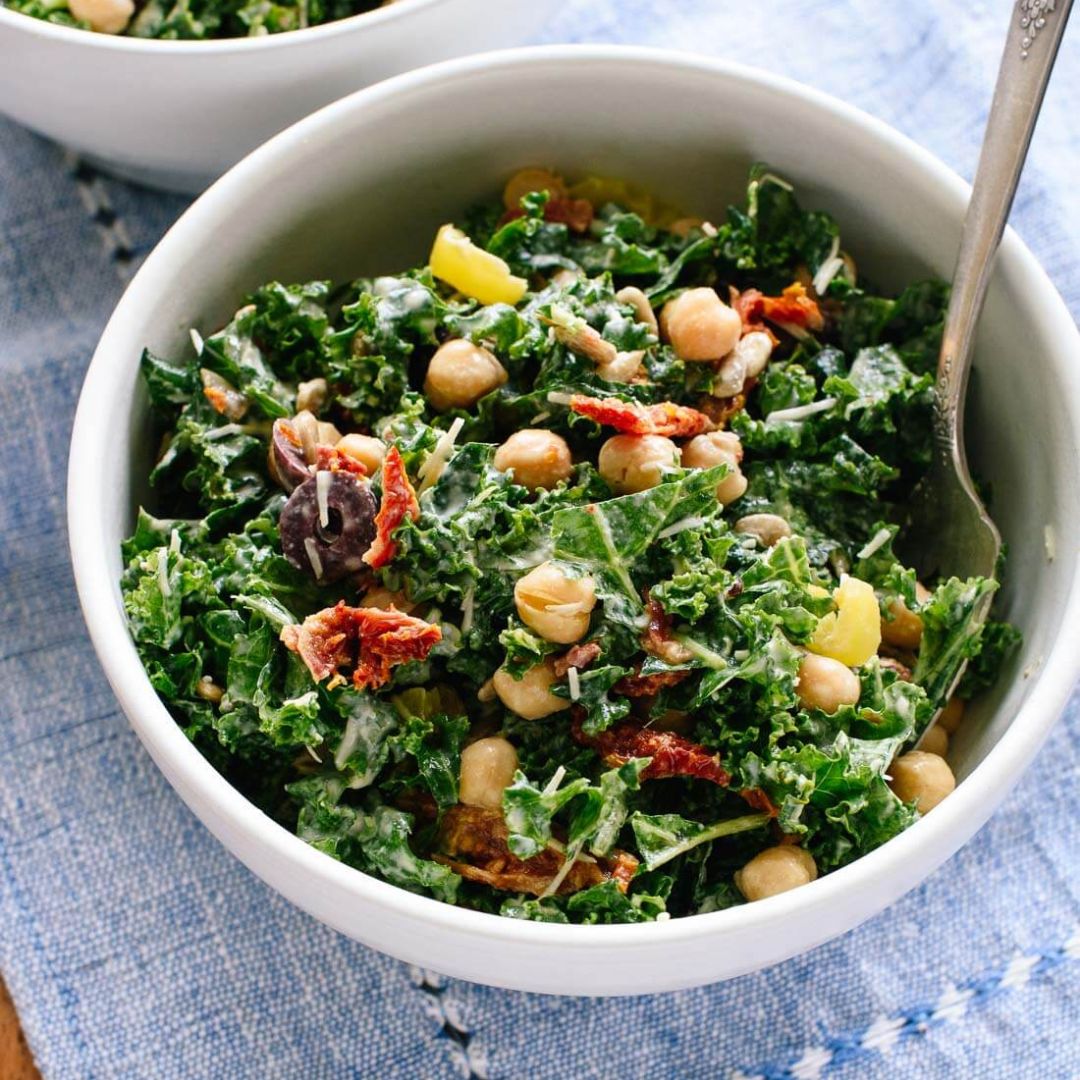 Greek Kale Salad with Tahini Dressing: The perfect summer lunch. Nutrition-packed, crunchy kale smothered in a bright, creamy tahini dressing. Dinner on those swelteringly hot nights? Perfect for that, too.
Greek Kale Salad with Tahini Dressing: The perfect summer lunch. Nutrition-packed, crunchy kale smothered in a bright, creamy tahini dressing. Dinner on those swelteringly hot nights? Perfect for that, too.
Many Bean Salad: Enjoyed as a side dish or as a main, this bean salad has the perfect texture, thanks to the crunchy diced cucumbers and creamy avocado mixed in with the beans. What it doesn’t have is oil. And yet. It’s flavorful, satisfying, and savory.
Eggplant and Pine Nut Caponata: This recipe is Sicilian, not Greek. But the Greeks eat a lot of eggplant. And so do I — especially when I was in Greece. Here’s another masterpiece by (omnivore) food genius, chef Kenji Lopez-Alt. Eggplant, pine nuts, herbs, and spices make this caponata — and your taste buds — sing.


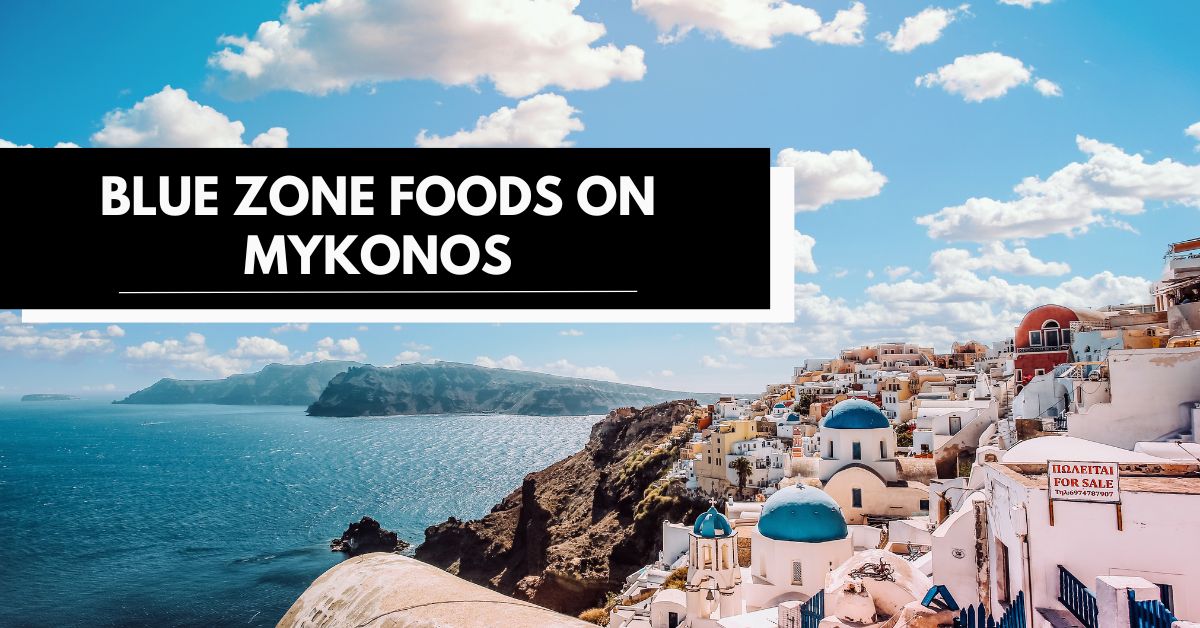

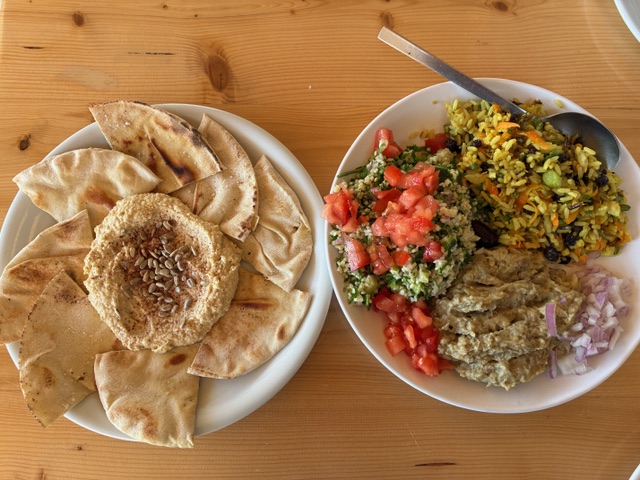
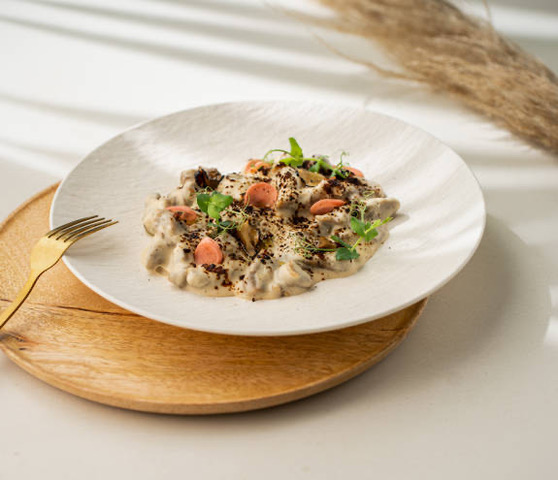
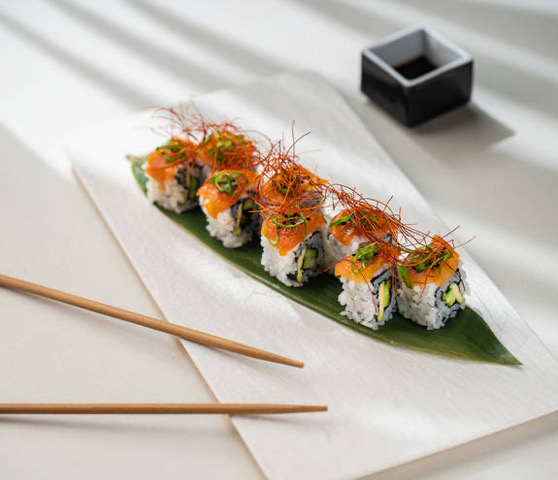

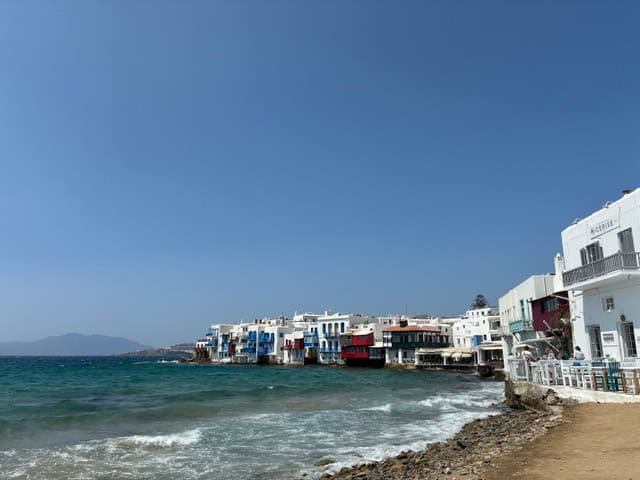

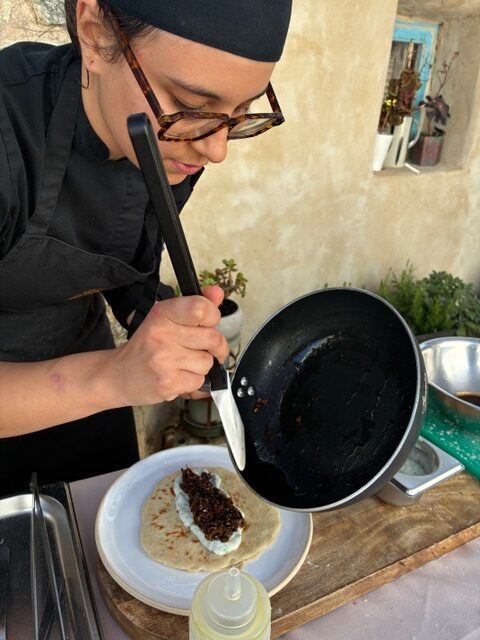
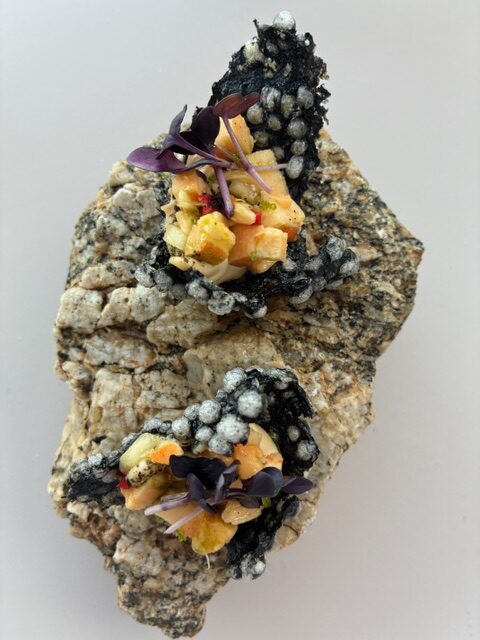
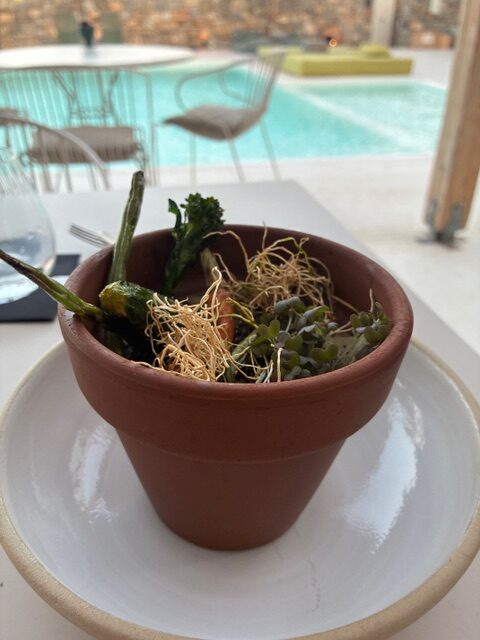
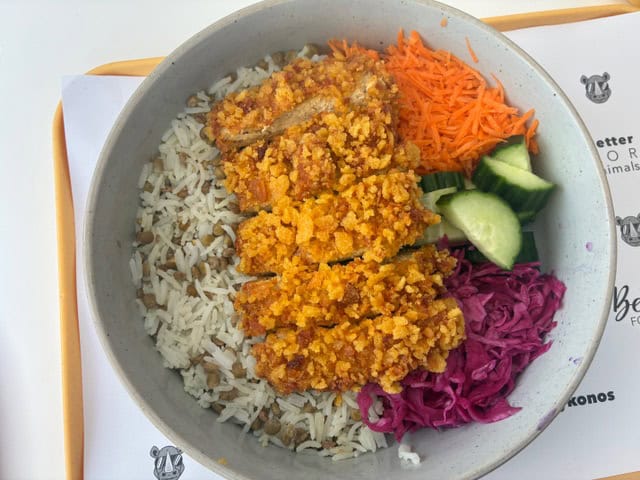
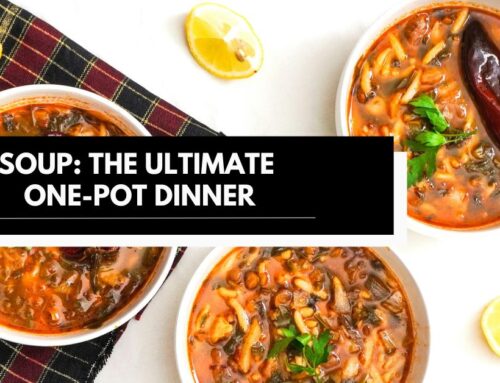



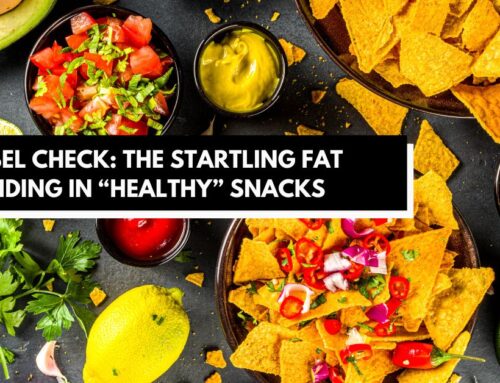



Loved this post Marla! And I’m in for the tomatoes fritters. Welcome home!